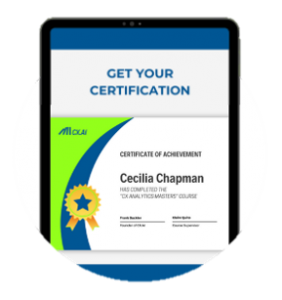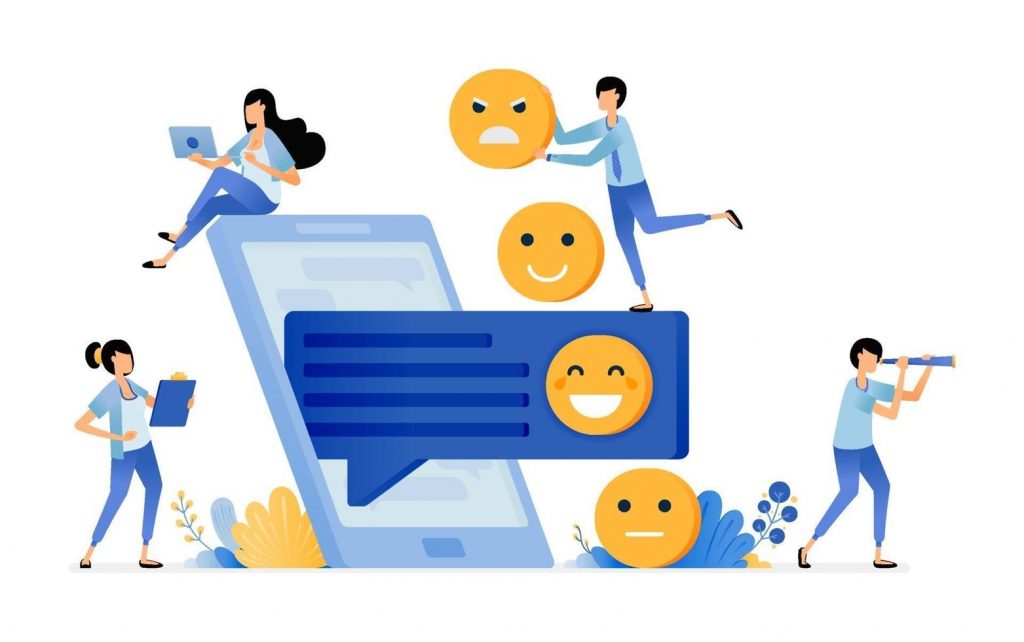Every time I book a hotel, flight, or rental car, every time I buy a ticket for a game, every time I buy a product at some website – virtually anytime I do a business interaction, I get an ask for feedback.
It’s common sense that I don’t have time to answer all of them. Even worse, I am developing over time the habit of not even noticing those requests.
The driving trends behind this obvious picture is twofold
TREND 1 – DIGITALISATION: With digital survey tools from Qualtrics, Hotjar, to Survey Monkey, it’s a matter of a few mouse clicks and an investment of a view bugs to collect feedback and analyze it somehow.
TREND 2 – ROLE OF INSIGHTS: The first “big data” hype dates now over 20 years back. Since then, the amount of data has doubled every two years. But all this is mainly transactional data collecting along with the business processes.
What is not scaling that fast is customer feedback.
Based on this better data, many problems along the business process get optimized e.g. leveraging AI.
The miracle remaining stays the customer. What drives his behaviors and decisions? How does he perceive his experience?
Businesses release that each company typically has a major bottleneck: to better understand than everyone else the customer.
It seems that this is already common sense. The enlightenment that only better customer insights can only deliver this is trending now and in the future.
A BCG study from 2016 has asked CEO’s what the key areas for improvements are. The clear uncontested #1 was “customer insights”.














